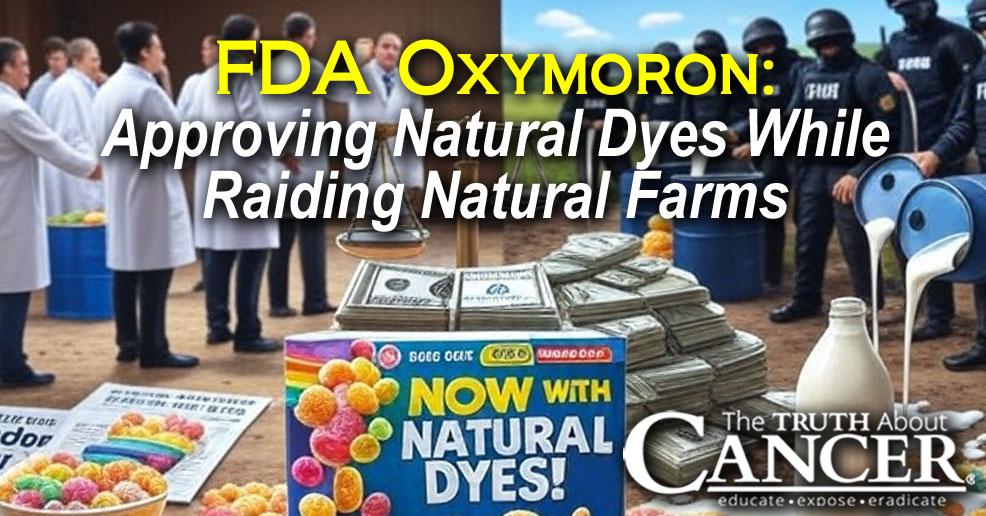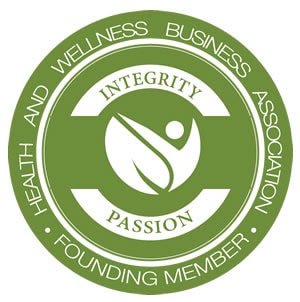In what appears at first glance to be a step toward healthier food systems, the FDA recently approved three new natural food colorings – galdieria extract blue, butterfly pea flower extract, and calcium phosphate. The Cardiology Advisor framed this as progressive reform, suggesting these plant and mineral-based dyes could help “phase out synthetic additives linked to health risks.” This move aligns with growing consumer demand for cleaner ingredients and the Make America Healthy Again (MAHA) principles championed by new HHS Secretary Robert F. Kennedy Jr.
At the surface level, it’s exactly the kind of change health advocates have requested for years.
But let’s not pretend this sudden embrace of “natural” dyes means the FDA has seen the light. After all, these are the same folks who spent decades rubber-stamping Red 40 and Yellow 5—chemicals linked to hyperactivity and cancer—while parents begged for safer options. Now, suddenly, they’re heroes because your artificially blue yogurt can brag about its algae extract? Please.
Fun fact: That butterfly pea flower extract? Processed into oblivion. But hey, at least it sounds wholesome.
Meanwhile, Back at the Dairy…
Last year, while the FDA was busy approving pretty colors for Froot Loops, armed regulators were raiding a Pennsylvania dairy farm—guns drawn, paperwork seized—because God forbid an adult choose to drink milk that hasn’t been pasteurized into a lifeless, nutrient-depleted slurry.
Talk about oxymoronic! The FDA approves natural dyes while raiding natural farms!
The justification? “Dangerous pathogens!”
Of course, let’s ignore the FDA’s glaring double standards—like how spinach and lettuce rack up far deadlier outbreaks without triggering a single jackbooted raid on Big Agra, or how fast food’s annual half-million American body count somehow doesn’t warrant surprise inspections at McDonald’s (just polite appointments). And sure, while the agency’s own data proves deli meats hospitalize more people than raw milk, you’ll never see a SWAT team storming Oscar Mayer’s factory at dawn. But by all means, let’s keep pretending this is about “safety” and not corporate favoritism.
Follow the Money (Because the FDA Certainly Does)
Let’s cut the pretense: this isn’t about science—it’s a racket. Big Food writes fat checks for “natural” dye approvals (because nothing greases the wheels like six-figure “application fees”), while Big Dairy lobbies to crush raw milk—the ultimate threat to their pasteurized monopoly.
And let’s not pretend this is complicated: you can’t patent a cucumber, but Galdieria Extract Blue™? That’s a shareholder’s dream, baby. So while the FDA rubber-stamps another lab-concocted “natural” colorant, they’ll send armed enforcers to shut down a dairy farmer for selling the same unprocessed milk humans have drunk since the pyramids were built.
Safety? Please. This is a protection scheme masquerading as public health policy—one where corporations get custom regulations, and actual food gets treated like contraband and small farmers get treated like Pablo Escobar.
A Hopeful Path Forward
Yet even as we expose these frustrating contradictions, there are signs the winds may be shifting. The very fact that the FDA is approving natural alternatives – however imperfectly – suggests growing public pressure is working. Under Secretary RFK Jr.’s leadership, we’re seeing the first tentative steps toward a food system that values transparency over corporate interests. The MAHA movement’s influence is evident in these “baby steps” toward cleaner ingredients, even as we continue pushing for more substantial reforms. Perhaps soon, this same commitment to genuine food safety will extend to protecting – rather than persecuting – traditional food producers. After all, real progress means moving beyond just prettier processed foods to truly nourishing freedom of choice.
We’re not there yet. But for the first time in years, there’s hope that the agency might start serving people over profits.
Until then? Stay skeptical, stay vocal—and keep fighting for food freedom.
The tide is turning. Let’s make sure it keeps moving in the right direction.



















GOD Bless you TY & Charlene, You are an amazing warrior couple for the Kingdom. You have helped so many families and shared so much amazing information….Thank you for your courage, your dedication and your Love of the LORD ‘s people. We have followed you for years and have read MANY of your books from “Think outside the box” to “Monumental Myths” and all the cancer series. We Thank you with deepest gratitude!
Thank you, dear people. Looking forward, too for hospitals, clinics, cancer centers, to become wellness centers. With good nutrition, energy and enhancement systems, Neuro 20 systems, and so much more. Keep up the good work we shall all fight for this dressed in the full Armor of God❣️
God‘s blessings for good health
Connie Walden
Wichita, Kansas